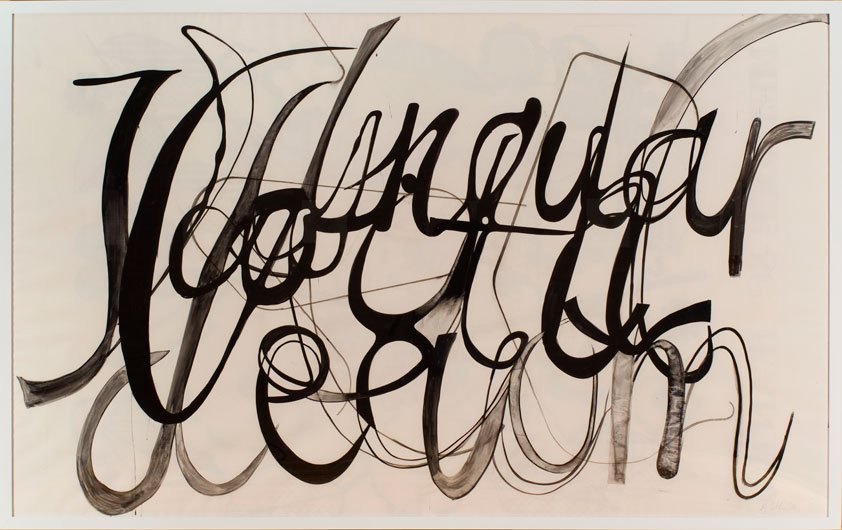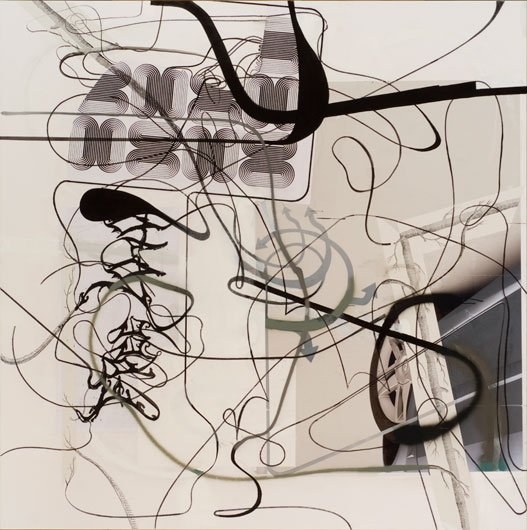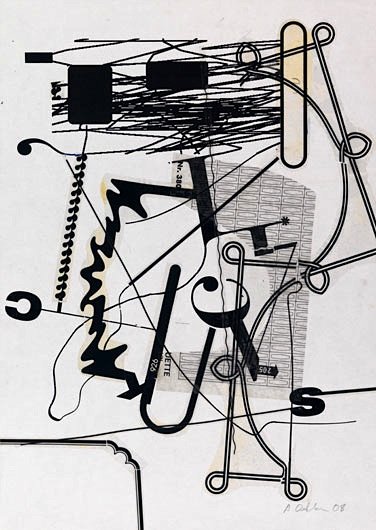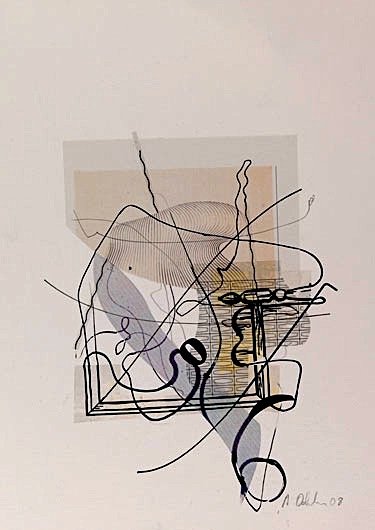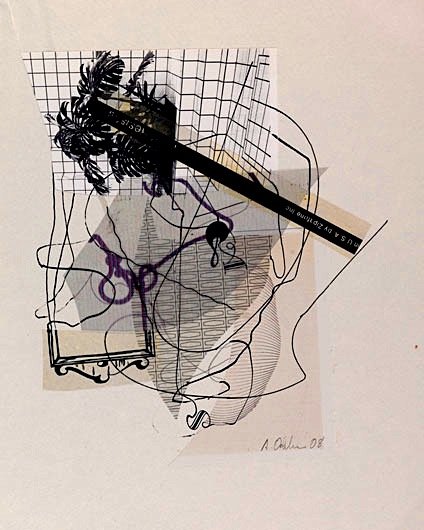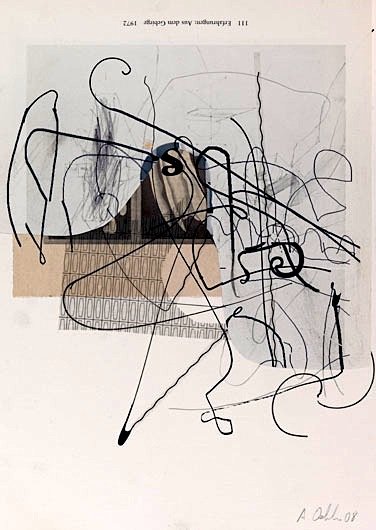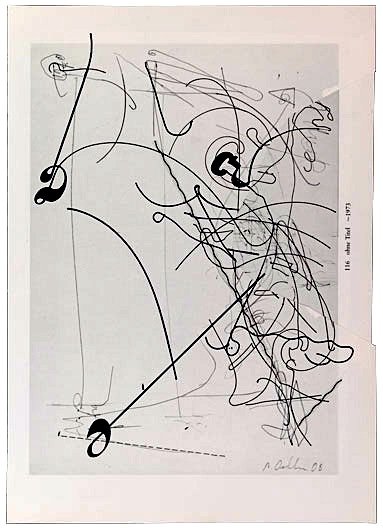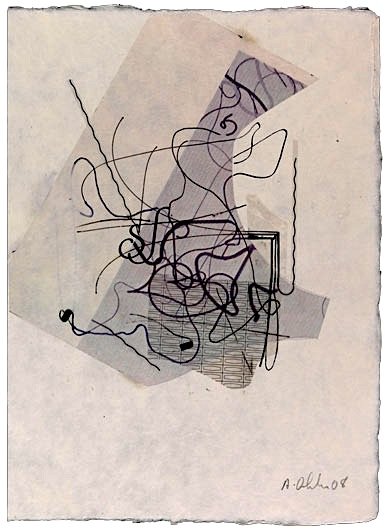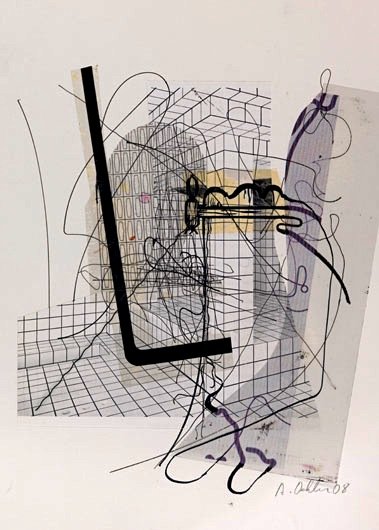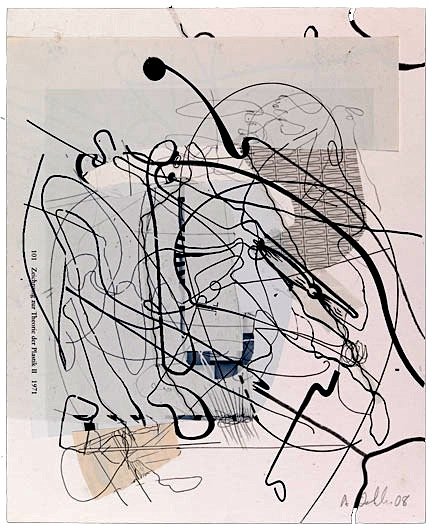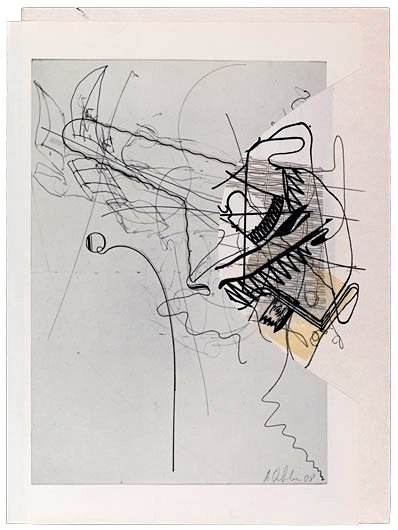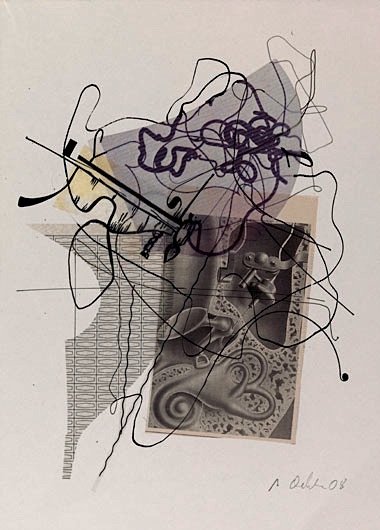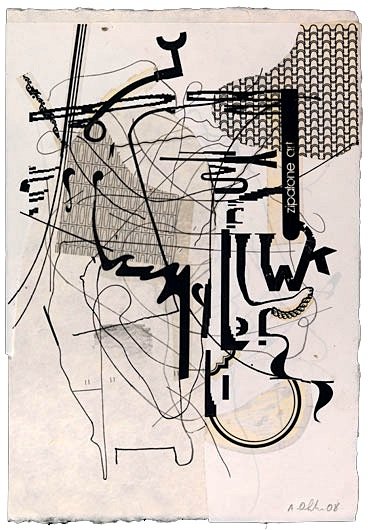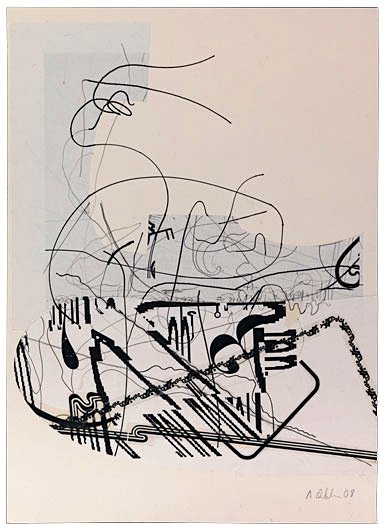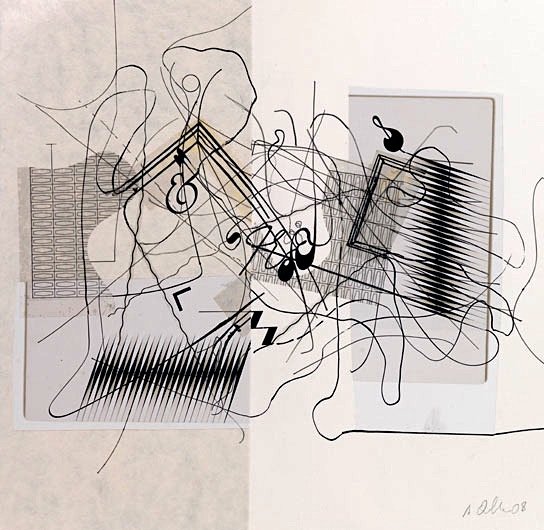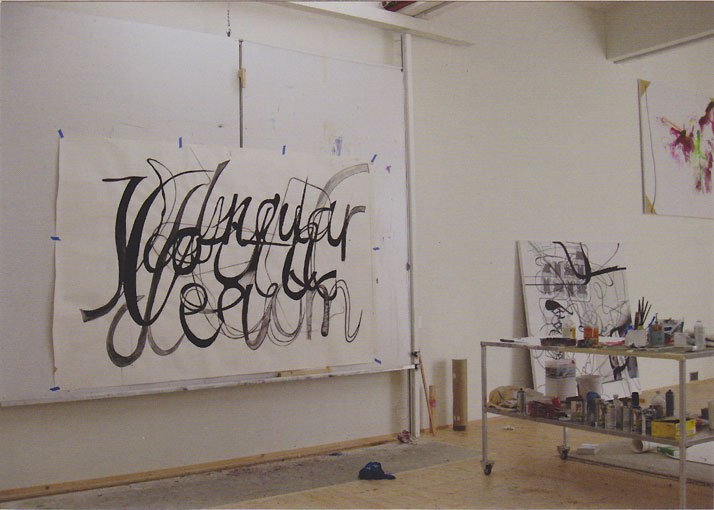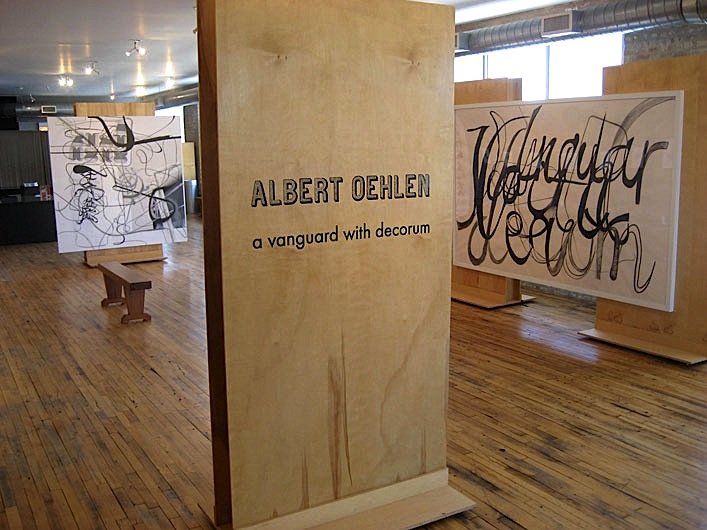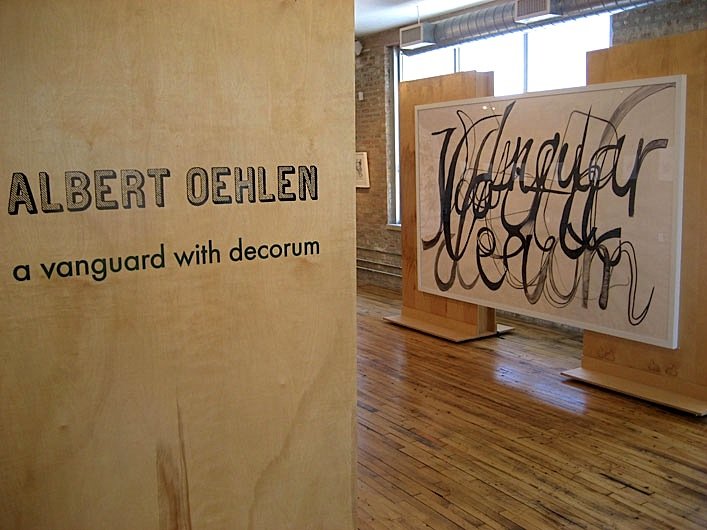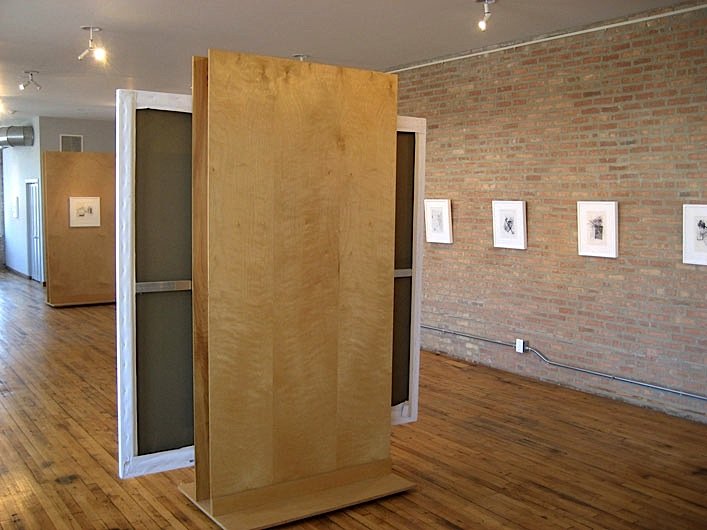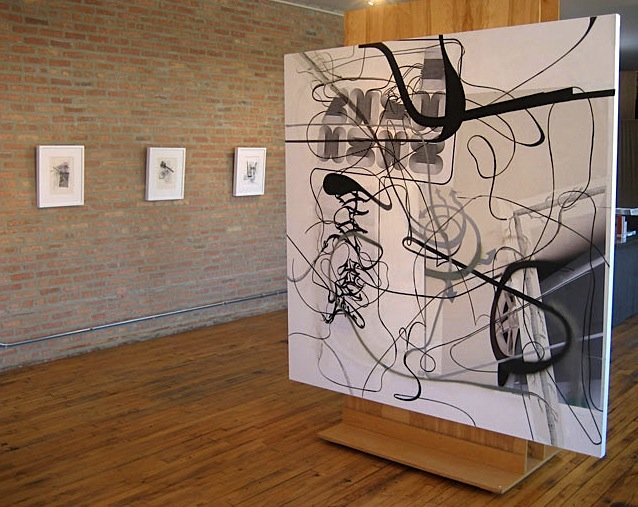Albert Oehlen A Vanguard with Decorum
May 14 - June 27, 2009
Main Gallery
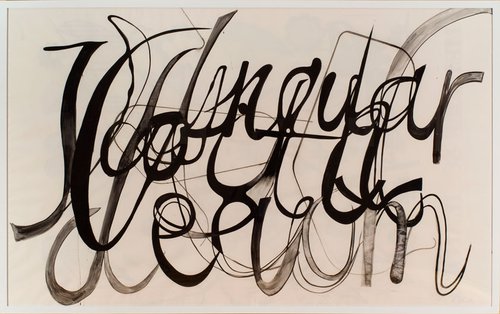
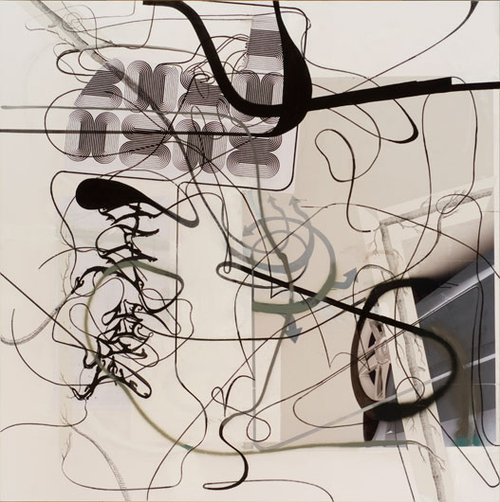
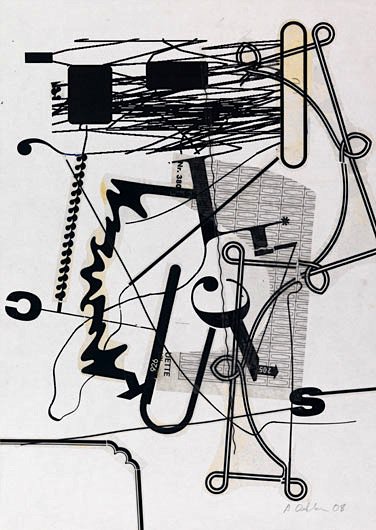
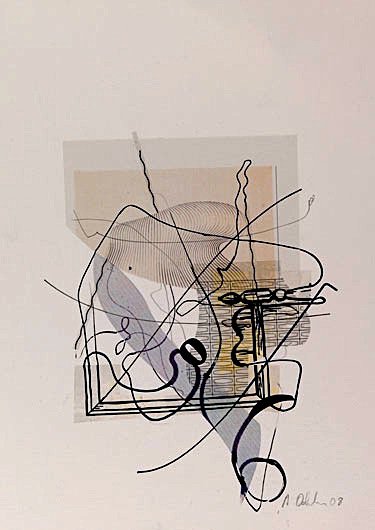
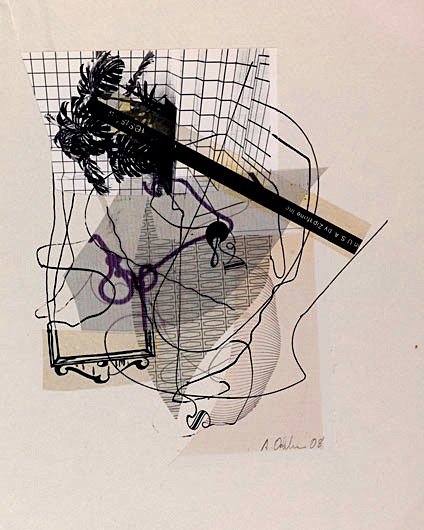
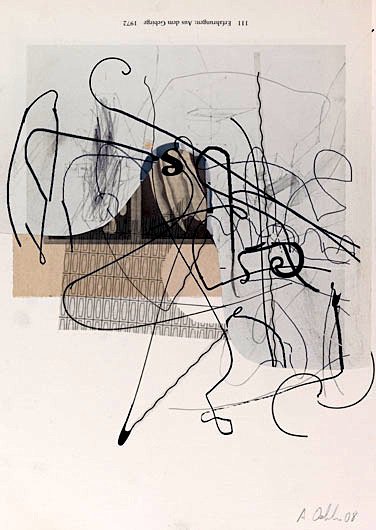
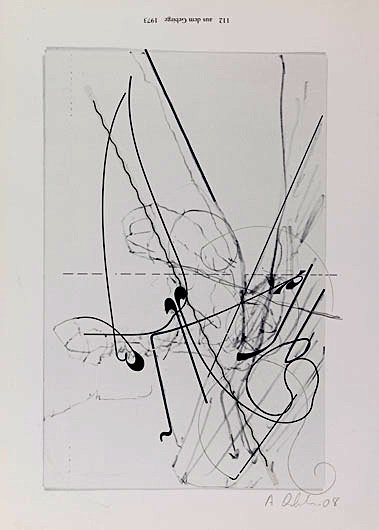
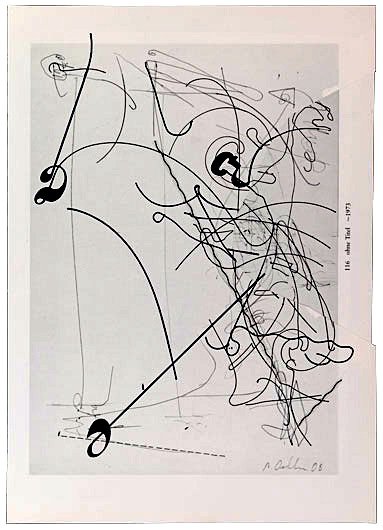
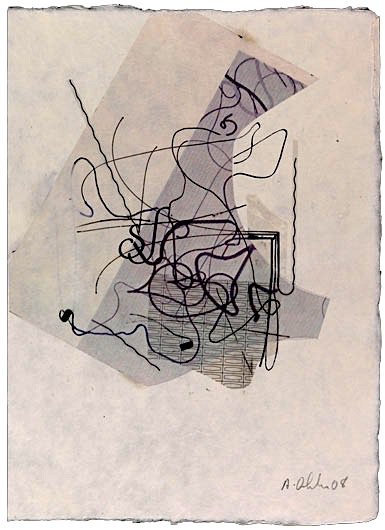
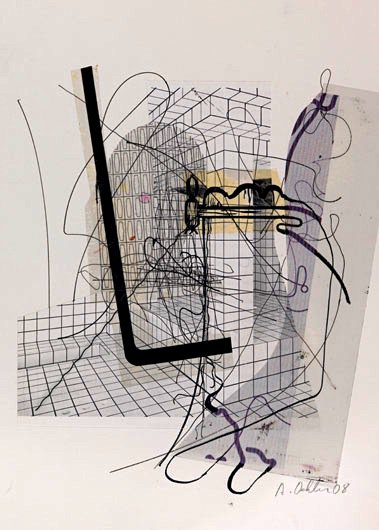
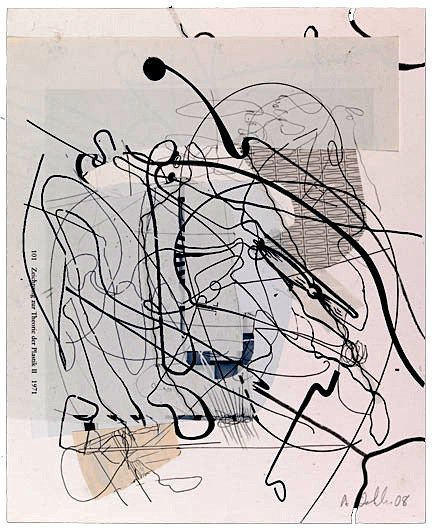
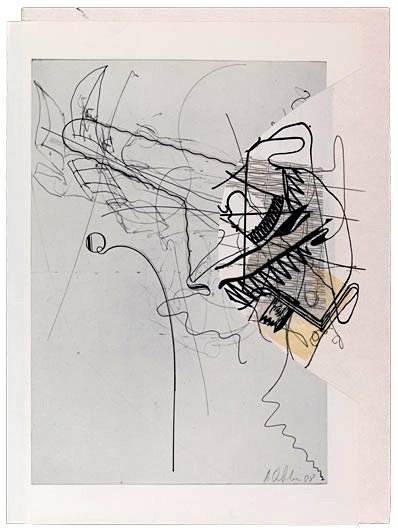

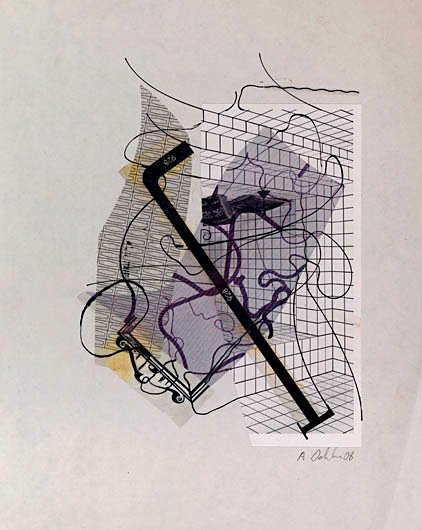

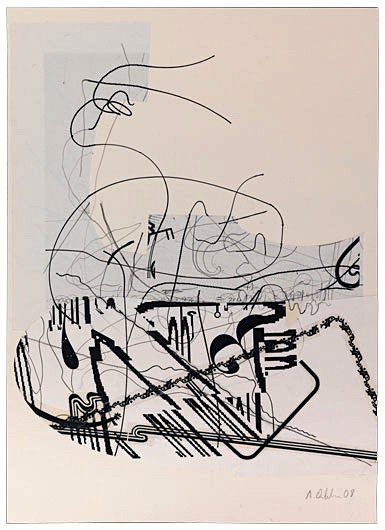
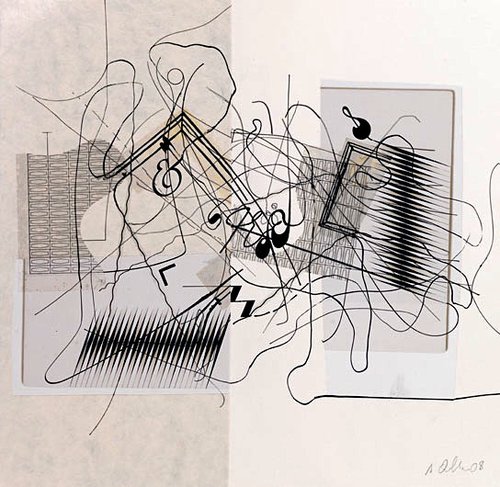
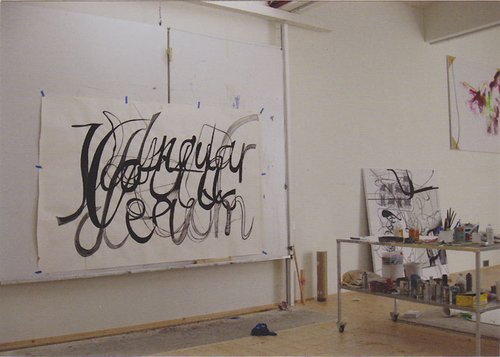

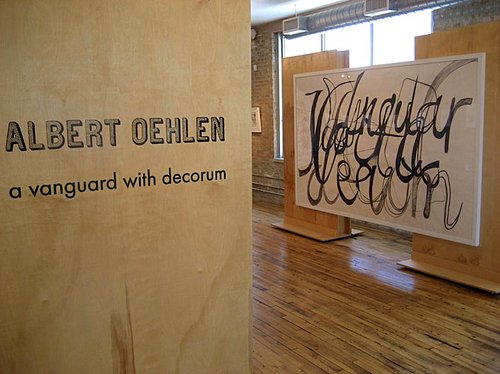
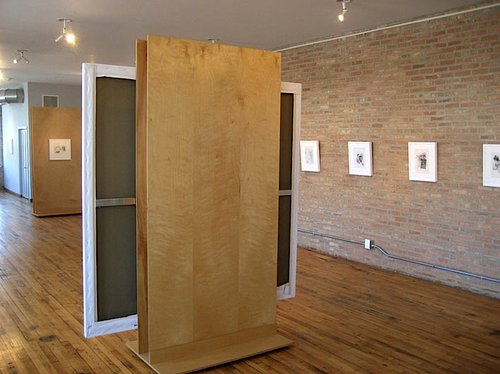
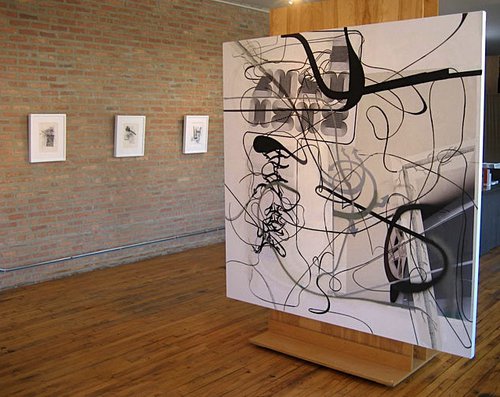
Press Release
One of Europe’s foremost contemporary painters, Oehlen is known for his large-scale canvases, including an extensive series based on computer images, which have been among his most visible works since he first started making them in 1992. In the early 1980s, Oehlen emerged in Germany as one of the architects of the so-called “bad-painting” movement – rough figurative expressionism also known as Junge Wilde – along with his colleagues and frequent collaborators Martin Kippenberger, Werner Buttner, and Markus Oehlen. In the late 1980s Oehlen’s work became increasingly abstract, often featuring a slashing gestural component that hearkened back to vintage action painting but with a color sense and stylistic plurality that was thoroughly contemporary. Oehlen showed work in this mode in his only previous Chicago exhibition, in 1989 at the Renaissance Society, in a three-person show with Georg Herold and Christopher Wool.
Since then Oehlen has explored in depth various ideas in different media, including a group of paintings and drawings based on tree forms and a large body of variations based on a single painting by John Graham. Partially inspired by the early synthesizer solos of Sun Ra, the computer paintings are, with this exhibition, officially completed.
This show will unveil Oehlen’s stunning new series under the banner A Vanguard with Decorum. The exhibition will include 15 intimate, graceful drawing-collages on paper, a huge drawing based on the title of the show, and a spectacular new painting. Clearly related in their reduced palette and graphic quality to the computer works, these new pieces introduce an unforseen modernist architecture while amping up the looping, curvaceous, linear intensity.
A Vanguard with Decorum is timed to coincide with the grand opening of the Art Institute of Chicago’s Modern Wing, which will feature one of Oehlen’s finest computer paintings.



